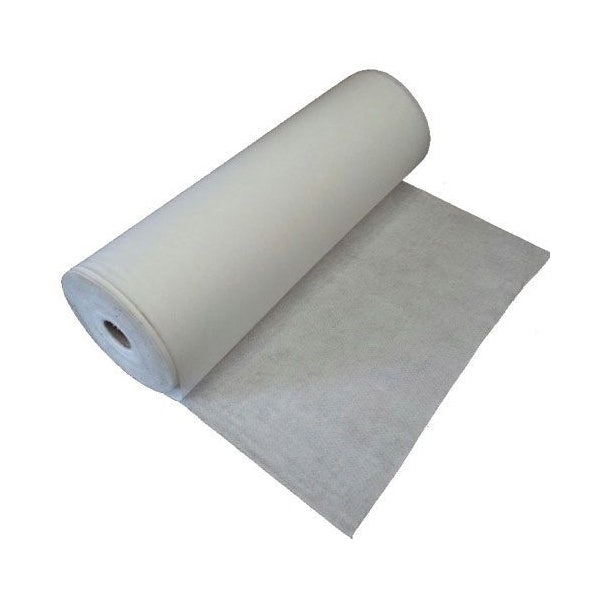Features
Light weight, low cost, corrosion resistance, with excellent performance such as filter, drainage, isolation and reinforcement.
use
Widely used in geotechnical engineering such as water conservancy, electric power, mines, highways and railways:
l. Filter material for soil layer separation;
2. Drainage materials for reservoirs and mines beneficiation, and drainage materials for foundations of high-rise buildings;
3. Anti-scouring materials for river dams and slope protection;
4. Reinforcement materials for road foundations of railways, highways and airports, and reinforcement materials for road construction in swamp areas;
5. Anti-frost and anti-freeze insulation materials;
6. Anti-cracking material for asphalt pavement.
Application field
Application of Geotextile in Construction
(1) Used as reinforcement in the backfill of the retaining wall, or used for anchoring the retaining wall's panel. Build a wrapped retaining wall or abutment.
(2) Reinforce flexible pavement, repair cracks on the road, and prevent reflection cracks on the pavement.
3) Increase the stability of gravel slopes and reinforced soil to prevent soil erosion and frost damage at low temperatures.
(4) The isolation layer between the road ballast and the roadbed, or the isolation layer between the roadbed and the soft foundation.
(5) The isolation layer between artificial fill, rockfill or material yard and foundation, and isolation between different frozen soil layers. Anti-filtration and reinforcement function.
(6) The filter layer of the initial upstream dam surface of the ash storage dam or tailings dam, and the filter layer of the drainage system in the backfill of the retaining wall.
(7) The filter layer around the drain concealed pipe or the gravel drainage ditch.
(8) The filter layer of water wells, relief wells or inclined pressure pipes in water conservancy projects.
(9) Geotextile isolation layer between roads, airports, railway roads, artificial rockfills, etc. and the foundation.
(10) Vertical or horizontal drainage inside the earth dam, buried in the soil to dissipate pore water pressure.
(11) Drainage behind the anti-seepage geomembrane in the earth dam or embankment or under the concrete protective surface.
(12) Eliminate the water seepage around the tunnel, reduce the external water pressure on the lining and the water seepage around the buildings.
(13) Drainage of artificially filled soil foundation sports ground foundation.
(14) Highways (including temporary roads), railways, embankments, earth-rock dams, airports, sports fields and other projects are used to strengthen weak foundations.
